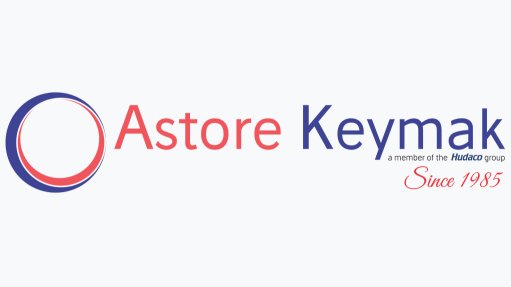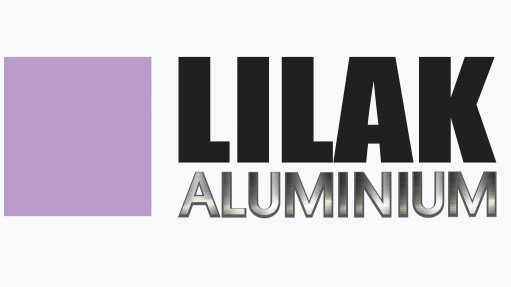Solutions to survive electricity crisis presented
nergy-intensive foundries need to ensure energy efficiency without compro- mising production to deal with rising energy costs in South Africa.
Last month,induction melting systems distributor Inductotherm sales manager Robert Keshecki discussed how an induction melt shop could survive the power crisis, at the 2013 South African Metal Casting Conference, in Pilanesberg, North West.
South African Institute of Foundrymen CEO John Davies’ presentation titled Practical Application of Improving Energy Efficiency in Foundries at the 2012 Brics Foundry Forum stated that, according to the United Nations’ 2004 Energy Statistics Yearbook, South Africa’s electricity consumption per capita, not taking into account beneficiation and cogeneration, was 4 818 kWh/y.
Keshecki highlighted methods to reduce electricity consumption and said it was important that the complete electricity-rate structure and how it would affect a foundry specifically were understood.
“It is necessary to understand what your electricity bill comprises, namely the base charge, which is a fixed monthly charge by an electricity provider, and the demand charge, which is based on the highest level of power use during the month,” explained Keshecki.
Other cost elements comprising an electricity bill, such as energy charges, power-factor penalties and ratchet, which allowed the power company to assess charges even if a foundry was shut down for a month, inter- ruptible rates, which allows the power company to cut or reduce a foundry’s power service for a specific period when the power company needed to reduce its overall load, and time-of-day rate differentials also needed to be assessed, he stated.
Energy efficiency could further be improved by understanding how equipment operated within the electricity-rate structure, said Keshecki, suggesting that, as capital equipment was a major investment, foundries needed to review the number of shifts scheduled for this equipment.
“Understanding equipment use is important, as more frequent use results in shorter holding times, which, in turn, result in less energy consumption. Charging, slagging, temperature taking, sampling and analysis affect equipment use.”
For example, slag takes a long time to be removed from a furnace and, as a result, it is important to reduce the time needed for the melt cycle to compensate for this.
Keshecki said it was preferable for charging to occur rapidly; therefore, metal needed to be placed in the furnace as fast as or faster than the furnace was able to melt it under full power. Instal- ling a faster automated charging system could also reduce energy consumption at a foundry.
Back-slagging mechanisms and mechanical slag grippers were also effective tools for removing slag quickly, noted Keshecki.
Further, he explained, the more the electrical losses in the coil, the less the energy available to melt metal, which would result in each melt taking longer than usual. This also caused more conducted and radiated heat losses, which further increased the amount of energy consumed.
“About three-quarters of the heat loss from an induction furnace radiates from its metal surface. Therefore, it is important to understand the refractory thickness in induction furnaces. The thicker the refractory, the further away the metal will be from the coil. This will result in a lower coil-power factor that produces higher current in the furnace coil and greater electricity losses,” Keshecki explained.
Article Enquiry
Email Article
Save Article
Feedback
To advertise email advertising@creamermedia.co.za or click here
Comments
Press Office
Announcements
What's On
Subscribe to improve your user experience...
Option 1 (equivalent of R125 a month):
Receive a weekly copy of Creamer Media's Engineering News & Mining Weekly magazine
(print copy for those in South Africa and e-magazine for those outside of South Africa)
Receive daily email newsletters
Access to full search results
Access archive of magazine back copies
Access to Projects in Progress
Access to ONE Research Report of your choice in PDF format
Option 2 (equivalent of R375 a month):
All benefits from Option 1
PLUS
Access to Creamer Media's Research Channel Africa for ALL Research Reports, in PDF format, on various industrial and mining sectors
including Electricity; Water; Energy Transition; Hydrogen; Roads, Rail and Ports; Coal; Gold; Platinum; Battery Metals; etc.
Already a subscriber?
Forgotten your password?
Receive weekly copy of Creamer Media's Engineering News & Mining Weekly magazine (print copy for those in South Africa and e-magazine for those outside of South Africa)
➕
Recieve daily email newsletters
➕
Access to full search results
➕
Access archive of magazine back copies
➕
Access to Projects in Progress
➕
Access to ONE Research Report of your choice in PDF format
RESEARCH CHANNEL AFRICA
R4500 (equivalent of R375 a month)
SUBSCRIBEAll benefits from Option 1
➕
Access to Creamer Media's Research Channel Africa for ALL Research Reports on various industrial and mining sectors, in PDF format, including on:
Electricity
➕
Water
➕
Energy Transition
➕
Hydrogen
➕
Roads, Rail and Ports
➕
Coal
➕
Gold
➕
Platinum
➕
Battery Metals
➕
etc.
Receive all benefits from Option 1 or Option 2 delivered to numerous people at your company
➕
Multiple User names and Passwords for simultaneous log-ins
➕
Intranet integration access to all in your organisation














